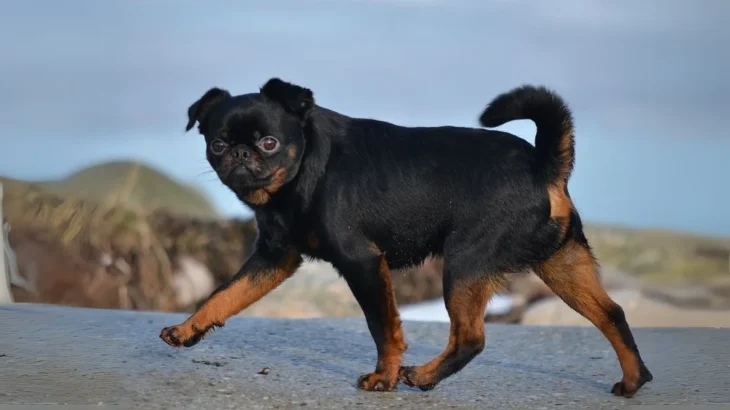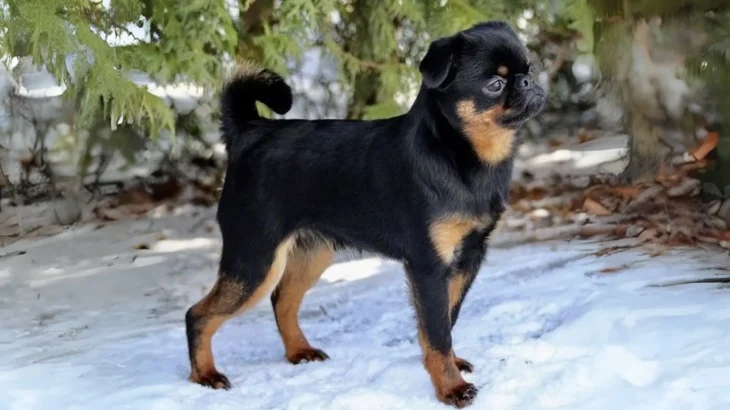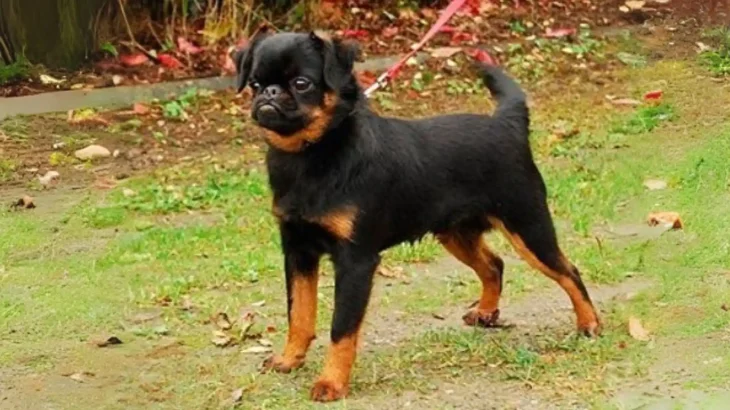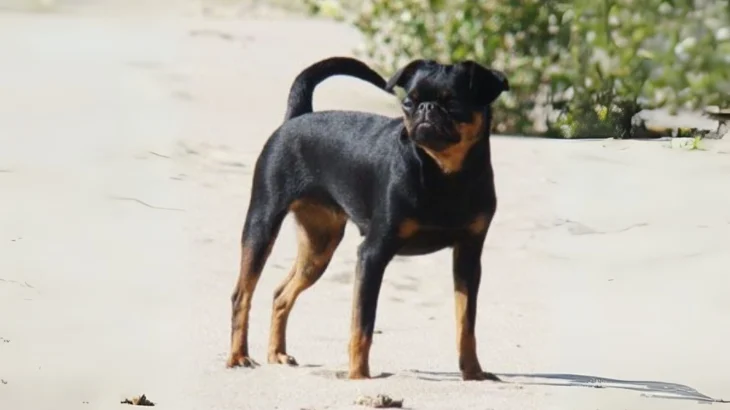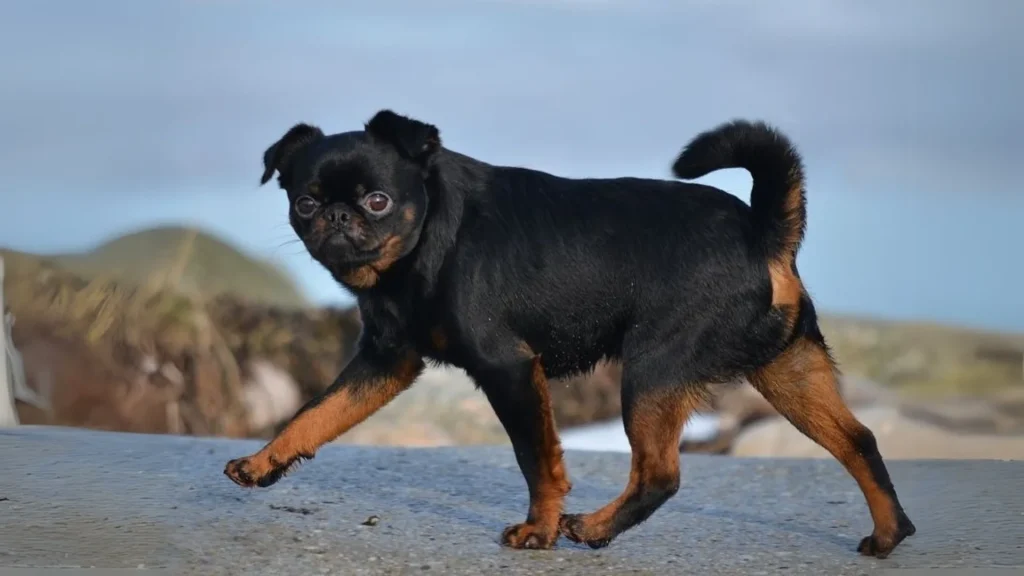Deciding between adopting or buying a Petit Brabancon puppy involves weighing the benefits of finding a furry friend in need against securing a puppy whose lineage and health are clearly documented. Adoption gives you the joy of rescuing a dog, while purchasing from a reputable breeder typically ensures a better-known health and pedigree background. Both approaches have their unique advantages depending on your priorities.
| Criteria | Buying from Breeder | Adopting from Shelter/Rescue |
|---|---|---|
| Cost | Usually higher cost due to breed purity and pedigree, often several hundred to over a thousand dollars. | Lower adoption fees, often covering vaccinations and spay/neuter, usually under a few hundred dollars. |
| Health History | Breeders often provide complete health records and genetic screening results. | Health history may be incomplete or unknown, though shelters typically perform initial health checks. |
| Age Availability | Primarily puppies, allowing you to raise them from a young age shaping their development. | May find dogs of all ages, including adults or seniors, offering varied companionship options. |
| Temperament Insight | Breeders can share information on lineage temperament and socialization efforts in early life. | Shelter staff may relay observed behaviors, but full background may be limited. |
| Supporting Practices | Supports ethical breeding programs aimed at preserving the breed. | Supports animal welfare by giving a home to a dog in need and helps reduce shelter populations. |
| Breed Purity & Pedigree | Ensures purebred status with documented lineage and registration papers. | Breed may be mixed or uncertain, though some shelters provide breed assessments. |

